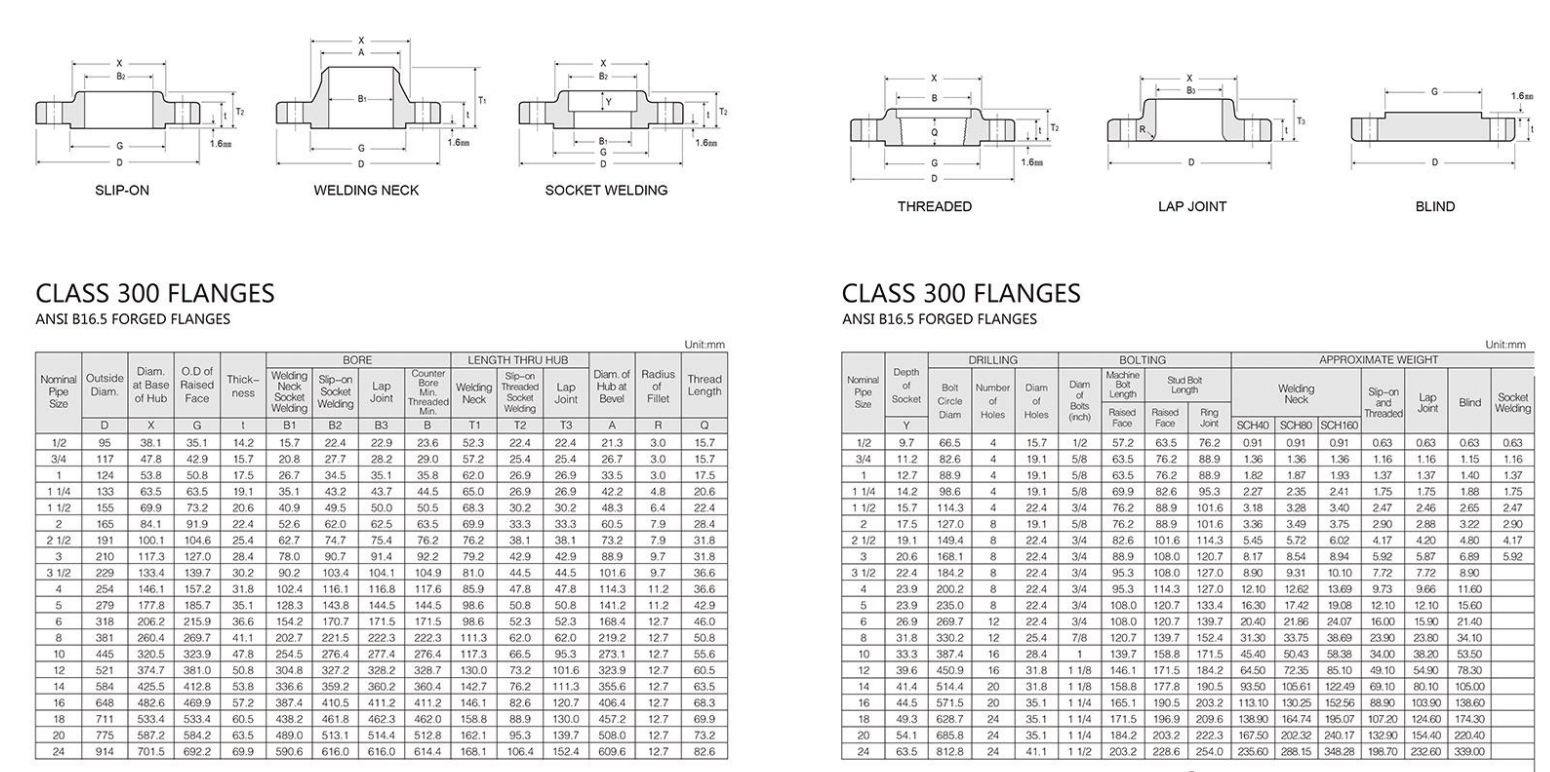-
Cangzhou Yulong Steel Co., Ltd.
-
Phone:
+86 13303177267 -
Email:
admin@ylsteelfittings.com
- English
- Arabic
- Italian
- Spanish
- Portuguese
- German
- kazakh
- Persian
- Greek
- French
- Russian
- Polish
- Thai
- Indonesian
- Vietnamese
- Zulu
- Korean
- Uzbek
- Hindi
- Serbian
- Malay
- Ukrainian
- Gujarati
- Haitian Creole
- hausa
- hawaiian
- Hebrew
- Miao
- Hungarian
- Icelandic
- igbo
- irish
- Japanese
- Javanese
- Kannada
- Khmer
- Rwandese
- Afrikaans
- Albanian
- Amharic
- Armenian
- Azerbaijani
- Basque
- Belarusian
- Bengali
- Bosnian
- Bulgarian
- Catalan
- Cebuano
- China
- China (Taiwan)
- Corsican
- Croatian
- Czech
- Danish
- Esperanto
- Estonian
- Finnish
- Frisian
- Galician
- Georgian
- Kurdish
- Kyrgyz
- Lao
- Latin
- Latvian
- Lithuanian
- Luxembourgish
- Macedonian
- Malgashi
- Malayalam
- Maltese
- Maori
- Marathi
- Mongolian
- Myanmar
- Nepali
- Norwegian
- Norwegian
- Occitan
- Pashto
- Dutch
- Punjabi
- Romanian
- Samoan
- Scottish Gaelic
- Sesotho
- Shona
- Sindhi
- Sinhala
- Slovak
- Slovenian
- Somali
- Sundanese
- Swahili
- Swedish
- Tagalog
- Tajik
- Tamil
- Tatar
- Telugu
- Turkish
- Turkmen
- Urdu
- Uighur
- Welsh
- Bantu
- Yiddish
- Yoruba

Dec . 05, 2024 14:58 Back to list
weld elbows
Understanding Weld Elbows A Comprehensive Overview
Weld elbows are critical components in piping systems, primarily used to change the direction of the flow within a pipeline. They are essential in various industries including oil and gas, water treatment, chemical processing, and construction. Given their importance, this article will provide a comprehensive overview of weld elbows, including their types, applications, advantages, and considerations for selection and installation.
What are Weld Elbows?
Weld elbows are fittings that allow a pipe to bend at a certain angle, typically 45 or 90 degrees. These components are named so because they are often joined to pipes through welding, which provides a strong and durable connection. Unlike other types of fittings, such as threaded or flanged elbows, weld elbows create a more seamless and robust union, lessening the risk of leaks and increasing the integrity of the system.
Types of Weld Elbows
Weld elbows come in various types based on parameters such as angle and material, with the most common types being
1. 45-Degree Weld Elbows Used for moderate directional changes, these elbows are ideal for creating gentle bends in a pipeline.
2. 90-Degree Weld Elbows The most frequently used type, 90-degree elbows direct the flow in a right angle, making them ideal for tight spaces.
3. Long Radius (LR) vs. Short Radius (SR) Elbows Long radius elbows have a radius that is one and a half times the diameter of the pipe, offering smoother flow and reduced turbulence. Short radius elbows, on the other hand, are used where space is limited but can cause higher turbulence due to their sharper bend.
4. Material Types Weld elbows can be made from various materials including stainless steel, carbon steel, and plastic. The choice of material often depends on the application, with stainless steel favored for its corrosion resistance in harsher environments.
Applications of Weld Elbows
Weld elbows are utilized in a multitude of applications
. In the oil and gas industry, they play a crucial role in transport, directing the flow of crude oil and gas between different pipelines and storage tanks. Water treatment plants use these fittings in their systems to manage water flow effectively while maintaining the structural integrity of the piping network. In the chemical processing sector, weld elbows help handle aggressive chemicals and maintain process control.Advantages of Using Weld Elbows
weld elbows

When comparing weld elbows to other types of fittings, several advantages become apparent
1. Durability Welded joints are often more robust than threaded or flanged connections, ensuring longevity in high-pressure and high-temperature environments.
2. Reduced Risk of Leaks The seamless nature of welded joints minimizes the possibility of leaks, which is critical in industries where containments are vital for safety and environmental compliance.
3. Cost-Effectiveness in the Long Run While the initial installation may be more costly than other methods, the long-term reliability of weld elbows can result in lower maintenance costs over time.
Considerations for Selection and Installation
When selecting weld elbows for a project, several key factors should be taken into account
1. Pipe Size and Schedule It is essential to match the elbow with the right pipe size and schedule to ensure compatibility and structural integrity.
2. Material Compatibility Ensure that the material of the elbow is compatible with the fluid being transported to prevent corrosion and contamination.
3. Installation Standards Proper welding techniques should be followed to ensure the structural integrity of the elbow and the overall piping system. Adhering to industry standards can prevent failures and enhance safety.
4. Flow Requirements Evaluate the flow requirements and operating conditions (temperature, pressure, and chemical composition) to choose the appropriate elbow type.
Conclusion
Weld elbows are indispensable components in various piping systems, allowing for efficient flow direction changes while providing exceptional durability and reliability. Understanding their types, applications, and advantages helps in selecting the right fittings for specific needs. By considering factors such as material compatibility, installation standards, and flow requirements, engineers can ensure optimal performance in their piping operations. With proper consideration and installation, weld elbows can lead to effective and safe engineering solutions across numerous industries.
Latest news
-
ANSI 150P SS304 SO FLANGE
NewsFeb.14,2025
-
ASTM A333GR6 STEEL PIPE
NewsJan.20,2025
-
ANSI B16.5 WELDING NECK FLANGE
NewsJan.15,2026
-
ANSI B16.5 SLIP-ON FLANGE
NewsApr.19,2024
-
SABS 1123 FLANGE
NewsJan.15,2025
-
DIN86044 PLATE FLANGE
NewsApr.19,2024
-
DIN2527 BLIND FLANGE
NewsApr.12,2024
-
JIS B2311 Butt-Welding Fittings LR/SR 45°/90° /180°Seamless/Weld
NewsApr.23,2024











